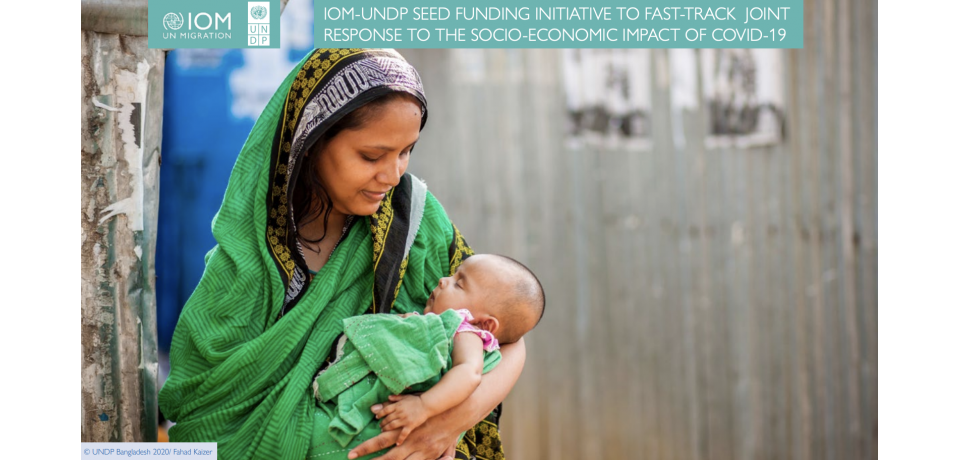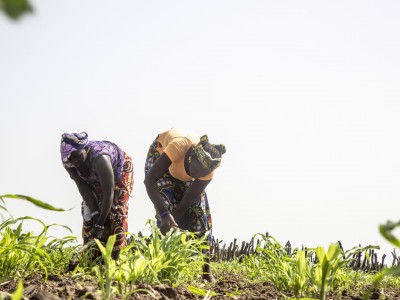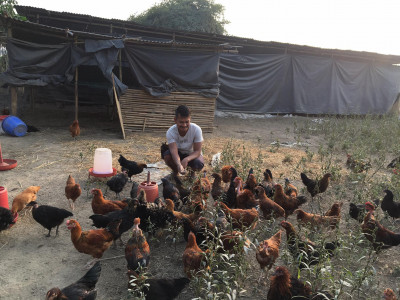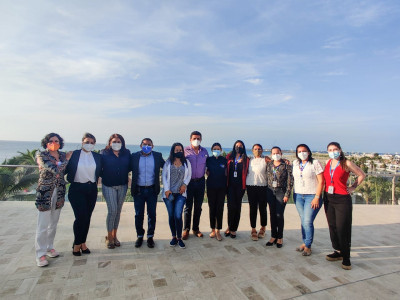Displacement monitoring and socio-economic vulnerability mapping in Bangladesh
Arif Abdullah Khan, UNDP Bangladesh, arif.abdullah@undp.org
Anthony Sequeira, IOM Bangladesh, asequeira@iom.int
Objetivos de Desarrollo Sostenible Relacionados y Objetivos del Pacto Mundial sobre Migración
Resumen
COVID-19 has created unexpected challenges in Bangladesh, including the large number of migrant returnees and exacerbating existing inequalities and the negative effects of climate change. In addition to the pandemic, Bangladesh experienced a super cyclone, recurrent floods, increased unemployment in the informal sector and internal displacement.
IOM and UNDP combined their organizational tools for displacement tracking and the assessment of socio-economic vulnerability to understand the complex impact of multi-layered disasters (COVID-19 and climate-induced crises) on mobility, displacement, and vulnerability patterns to help communities and local government authorities plan, respond to and build back from crises.
This project is part of the IOM-UNDP seed funding initiative to fast-track joint response to the socio-economic impact of COVID-19.
Objetivo clave
The objective of the joint IOM-UNDP initiative implemented in hazard-prone locations in Chilmari Upazila (Kurigram district) in the north of Bangladesh was to assess these multi-layered hazards, identify individuals facing exacerbated levels of vulnerability, and respond to the need for more robust community data and information systems.
Principales actividades
In coordination with local stakeholders, IOM and UNDP assessed displacement experiences from medium- to high-risk households using a combined inter-agency approach that leveraged two distinct data collection tools: UNDP’s Digital Beneficiary Targeting (DBT) Platform and IOM’s Displacement Tracking Matrix (DTM). DBT is a disaster risk information system for ranking households based on their socio-economic vulnerability and geographical exposure to hazards. DTM is a system to track and monitor displacement and population mobility to better understand displacement trends. As a result, this assessment enabled both agencies to test and review the practical and sustainable use of both data collection tools and to understand how these systems could be rolled out together on a larger scale, thereby leveraging the potential of each for robust, holistic analyses of migration and displacement dynamics in communities that will allow for a more targeted response.
Éxitos clave o factores innovadores, buenas prácticas y lecciones aprendidas (si están disponibles)
A key lesson learned was that multiple data collection tools can be used to understand the complex and multilayered impact of disasters, including COVID-19 and climate-induced migration, to help communities and local government authorities plan, respond to and build back from crises. However, data collection methodologies need to be complemented with wider contextual analysis; for example, there were a high number of returnees to villages in Kurigram who were driven by factors aside from COVID-19 and isolating these caseloads and understanding their movement patterns is challenging.
Beneficiarios
Vulnerable migrants and host communities, Internally Displaced Persons (IDPs)



